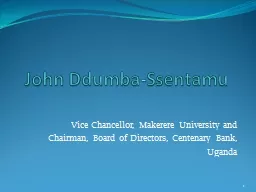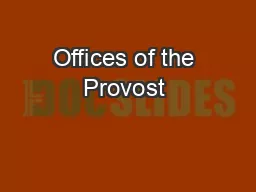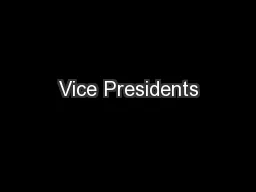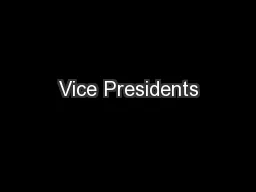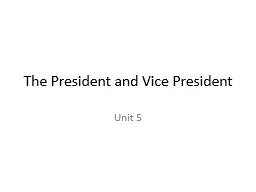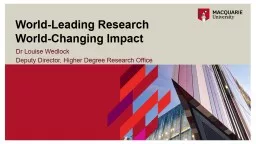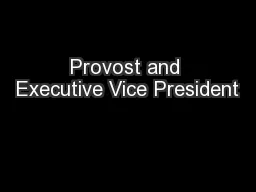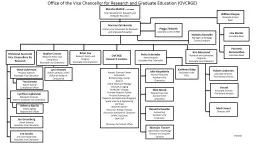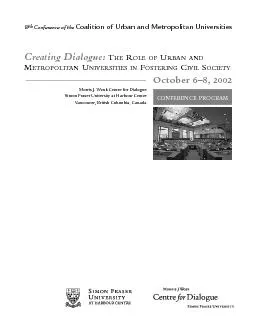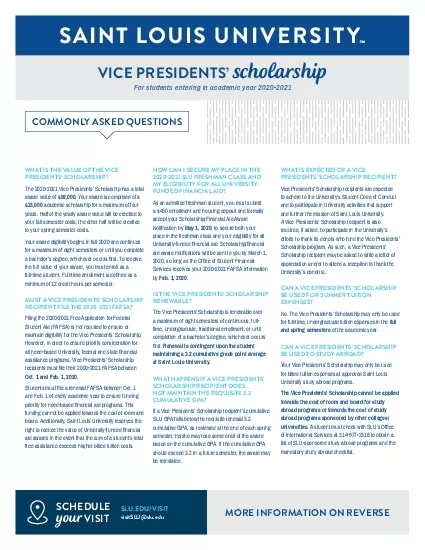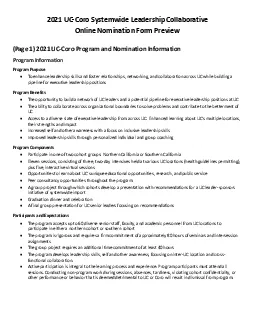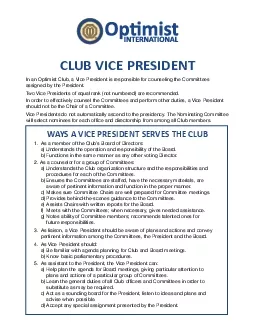PPT-John Ddumba - Ssentamu Vice Chancellor,
Author : crashwillow | Published Date : 2020-06-24
Makerere University and Chairman Board of Directors Centenary Bank Uganda 1 Centenary Rural Development Bank CB Brief background Established by the Roman Catholic
Presentation Embed Code
Download Presentation
Download Presentation The PPT/PDF document "John Ddumba - Ssentamu Vice Chancellor," is the property of its rightful owner. Permission is granted to download and print the materials on this website for personal, non-commercial use only, and to display it on your personal computer provided you do not modify the materials and that you retain all copyright notices contained in the materials. By downloading content from our website, you accept the terms of this agreement.
John Ddumba - Ssentamu Vice Chancellor,: Transcript
Download Rules Of Document
"John Ddumba - Ssentamu Vice Chancellor,"The content belongs to its owner. You may download and print it for personal use, without modification, and keep all copyright notices. By downloading, you agree to these terms.
Related Documents

